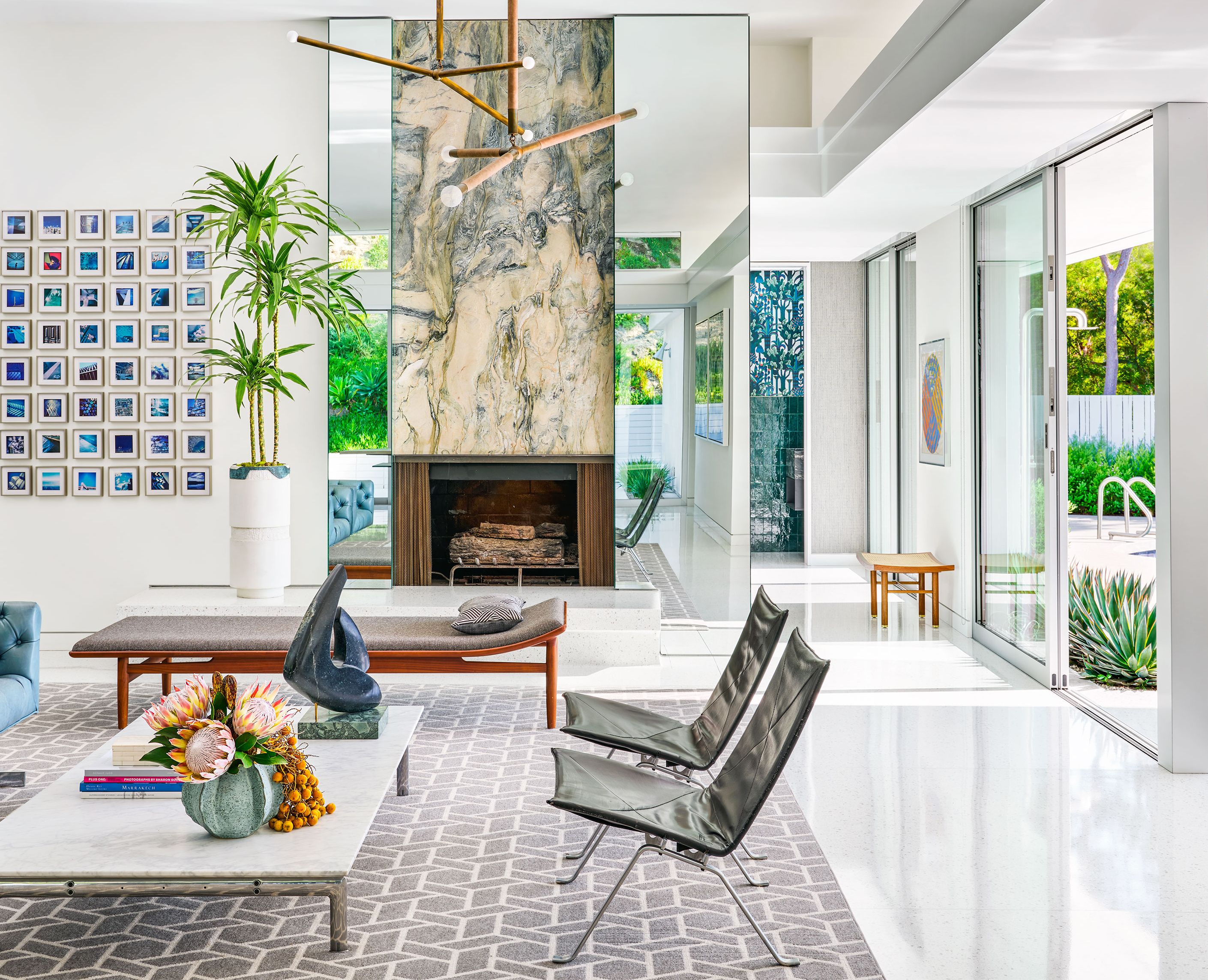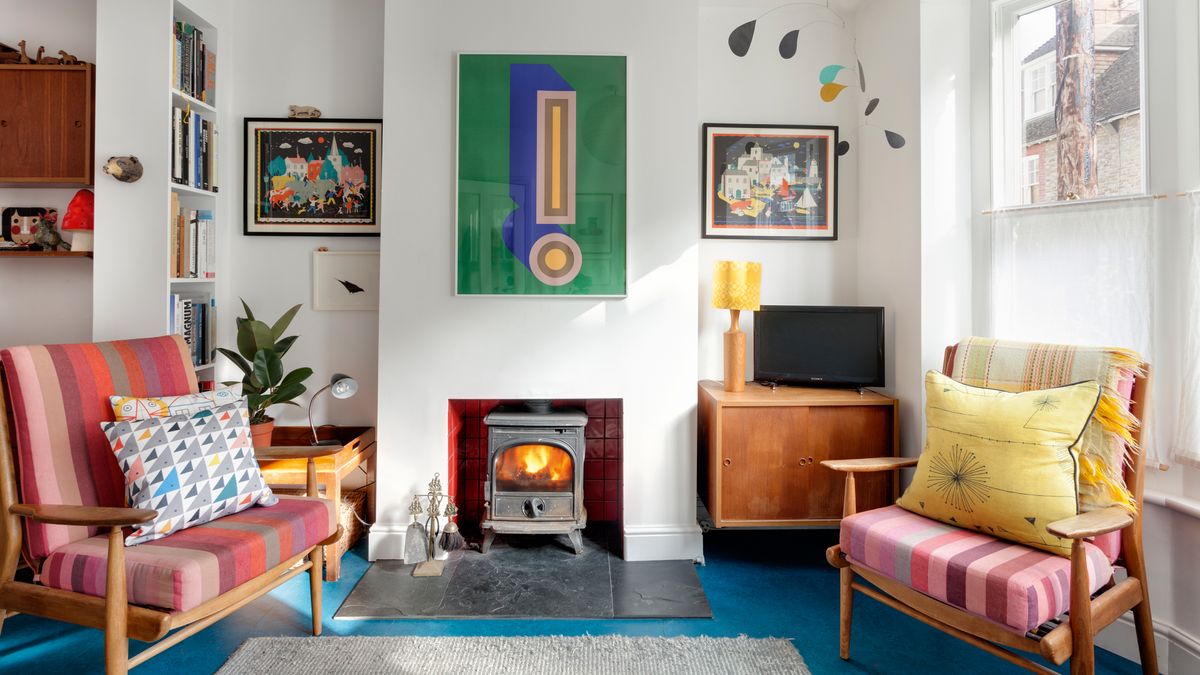Mid-century vintage decor is more than just a design choice; it’s a movement that captures a distinctive time in history, characterized by clean lines, organic forms, and a celebration of materials. My journey into this aesthetic started when I stumbled upon a vintage chair at a flea market. It was love at first sight, and I knew I had to learn more about integrating this timeless style into my home. In this article, I’ll share everything you need to know about mid-century vintage decor, from its history to practical tips for incorporating it into your space.
What is Mid-Century Vintage Decor?
Mid-century vintage decor refers to the design style that emerged from the 1940s to the 1960s. This era is defined by a shift towards informal living with an emphasis on simplicity and functionality. Key characteristics include:
- Clean lines and geometric shapes
- Natural wood materials
- Bold colors and graphic patterns
- Integration with nature
The History of Mid-Century Modern Design

The Origins
The origins of mid-century modern design can be traced back to the post-World War II era, where designers began to rethink how furniture and decor were created. The focus shifted from ornate, traditional styles to more simplistic forms that catered to a growing suburban culture.

Key Designers and Influences
Some iconic designers that shaped this era include:

- Charles and Ray Eames: Known for their innovative furniture designs, especially the Eames Lounge Chair.
- George Nelson: A prominent designer and the director of design for Herman Miller, credited with the Marshmallow Sofa.
- Eero Saarinen: Famous for his Tulip chair, Saarinen’s work often focused on organic shapes.
Key Elements of Mid-Century Vintage Decor

1. Furniture
Mid-century furniture is characterized by its functionalism and accessibility. Look for pieces like:

| Furniture Item | Defining Features | Popular Material |
|---|---|---|
| Armchairs | Low profile, tapered legs, bold colors | Teak, walnut |
| Coffee Tables | Geometric shapes, minimalist design | Wood, glass |
| Sofas | Clean lines, often button-tufted | Upholstery, wood |
Pros and Cons of Mid-Century Furniture
- Pros: Timeless design, durable materials, versatile styles.
- Cons: Can be expensive, may require careful maintenance, limited comfort in some designs.

2. Color Palette
Mid-century vintage decor is known for its palette, often featuring:
- Bold primary colors
- Mellow pastels
- Earthy tones like olive green and mustard yellow
3. Fabrics and Textures
Look for fabrics that reflect this era, such as:
- Heavy upholstery
- Bold geometric patterns
- Natural fibers like wool and cotton
4. Accessories and Decor
Accessories play a crucial role in mid-century homes. Consider adding:
- Abstract wall art
- Vintage ceramics
- Retro clocks and lighting fixtures
How to Incorporate Mid-Century Vintage Decor in Your Home
Step 1: Assess Your Space
Before diving into decor, evaluate your current space. Identify elements that are worth preserving and those that need updating. This will help you strike the right balance between existing features and your mid-century vision.
Step 2: Choose Signature Pieces
Invest in a few key mid-century pieces that will serve as focal points in your room. For example, a statement sofa or vintage armchair can become the centerpiece around which you build the rest of your decor.
Step 3: Mix and Match
Don’t be afraid to blend styles. Mid-century decor can mix beautifully with contemporary pieces and even other vintage styles. Experiment with various textures, colors, and materials to create a personalized look.
Step 4: DIY Projects
If you’re feeling crafty, consider upcycling vintage furniture. With a little paint and some new hardware, you can transform a dated piece into a stunning mid-century-inspired item.
Maintaining Your Mid-Century Decor
To keep your mid-century vintage decor looking its best:
- Regularly dust and clean furniture to preserve finishes.
- Use coasters and placemats to avoid scratches on wood surfaces.
- Invest in proper storage for fragile accessories.
Shopping for Mid-Century Vintage Decor
Where to Find Authentic Vintage Pieces
When hunting for mid-century vintage decor, consider the following sources:
- Flea markets and antique shops
- Online marketplaces like Etsy or eBay
- Estate sales and auctions
Tips for Buying Vintage Items
When purchasing vintage items, keep these tips in mind:
- Check for authenticity: Look for labels or marks from known designers.
- Inspect for quality: Ensure that furniture is sturdy and surfaces are in good condition.
- Negotiate prices: Many sellers expect some bargaining.
FAQs about Mid-Century Vintage Decor
What is the difference between mid-century modern and vintage decor?
Mid-century modern refers specifically to design styles from the mid-20th century, while vintage decor encompasses a broader range of styles from any previous era.
How can I identify authentic mid-century furniture?
Authentic mid-century furniture often has specific design elements, such as tapered legs and organic shapes. Look for designer labels, construction details, and materials like teak and walnut.
Is mid-century decor still in style today?
Absolutely! Mid-century decor has experienced a resurgence in popularity and continues to influence modern design.
Can I mix mid-century pieces with other decor styles?
Yes! Mixing mid-century pieces with contemporary or eclectic styles can create a unique and personalized environment.
What are some famous mid-century decor colors?
Popular mid-century decor colors include mustard yellow, olive green, tangerine orange, and muted pastels like mint green.
Wrapping Up: Your Mid-Century Journey
Incorporating mid-century vintage decor into your home is more than aesthetics; it’s about embracing a unique philosophy of design and history. Start your journey by selecting a few signature pieces, and remember that your style can evolve as you blend the old with the new. Enjoy the process of creating a warm, inviting space that tells your story while celebrating a remarkable design era!